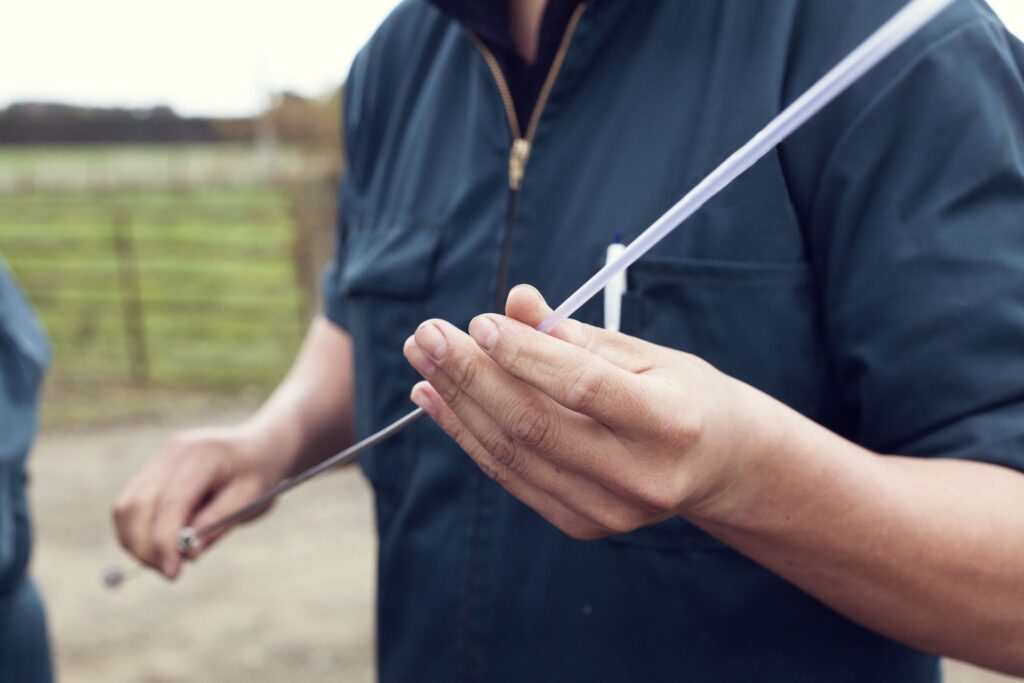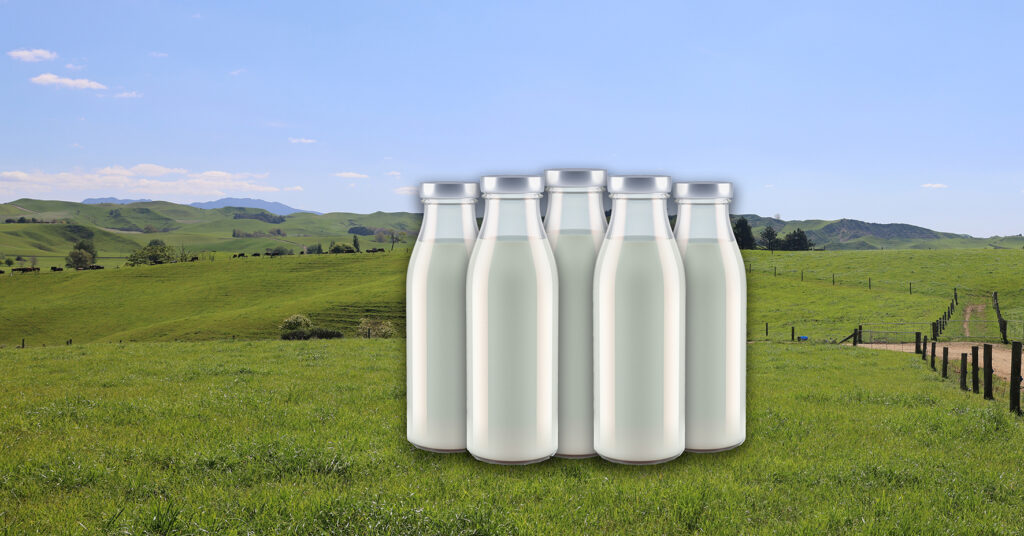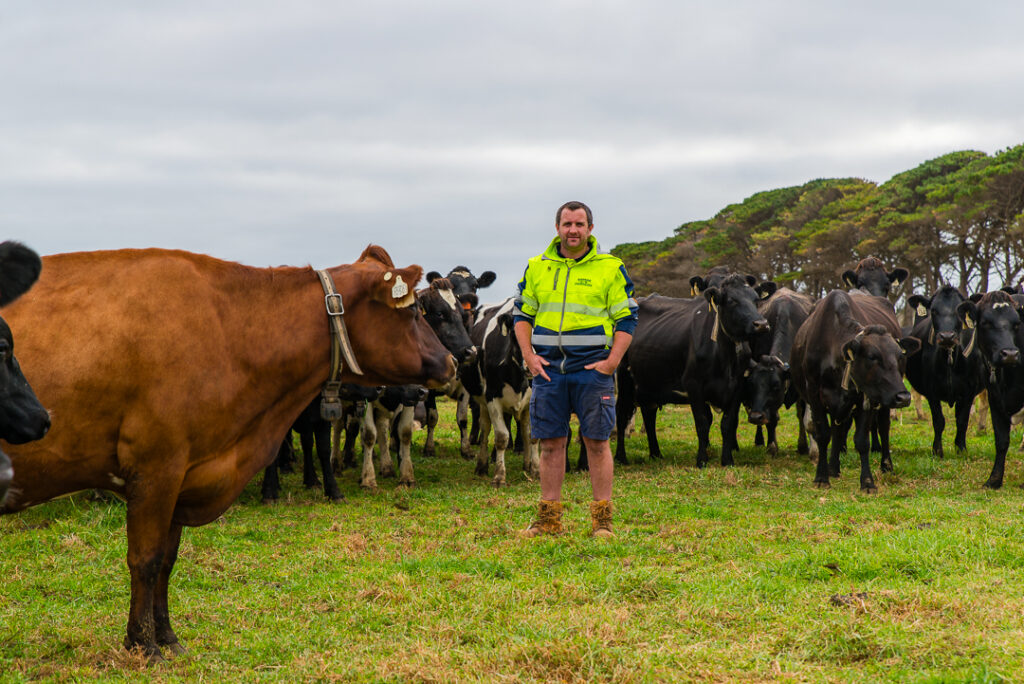Like elite athletes, service bulls perform best when they’re in peak physical condition.
Mating doesn’t end with artificial insemination (AI) on many farms – your natural mating stock bulls need to be healthy and in good physical shape to complete a successful mating.
1. Have enough of the right players
To calculate your stock bull requirements, estimate the number of cows still open at the end of AI.
You’ll need one two-year-old bull in the paddock for every 30 non-pregnant cows, with a minimum of two bulls in the mob at any time. Double this number of bulls to get two teams for regular rotation. Add on some extra bulls to step in if an injury occurs or to assist with periods of synchrony returns.
Alternatively, for synchrony returns you may decide to reinstate a period of AI between 18 and 24 days post-synchrony. If your bull numbers are inadequate, consider extending AI for a week or two. Talk to your veterinarian about your options.
(One 2 year-old bull per 30 open cows x 2) + Reserves = Total bulls required
2. Picking the team
Choose bulls that are sound, well-conditioned, and free from disease. Reject any animals that appear unfit or unhealthy.
It is important to get them health checked too, as maintaining a fully capable team is critical. Consult your vet regarding recommended testing and vaccination regimes.
3. Watch the players
Are they getting the job done?
Plenty can go wrong with bulls, so regular observation of them working is essential to identify problems early. If a bull is not up to the job, remove and replace him promptly. A sick bull is effectively out for the remainder of the season, as recovery of fertility after a fever can take up to two months.
4. Rotation policy
Rotate your bull teams regularly (eg. every 48 hours) to help keep your bulls interested in the cows and to optimise their fertility.
They still need good energy intakes, so make sure your resting bulls have access to plenty of quality feed.
5. Protect their feet
Lameness is a serious issue and can take a valuable bull out of action.
Prevention strategies are important: keep bulls in the paddock, don’t let them onto the yard, avoid long walks on rough tracks, and don’t hassle them with dogs.
6. Safety first
Make sure that your staff are trained to work with bulls.
If there are any bulls that are aggressive, replace them to reduce the risk of injury to staff, cows or other bulls.
7. After-match review
Early-aged pregnancy testing results are used to generate detailed cumulative pregnancy reports. These can be reviewed with your vet/ farm consultant to assess what worked well or if any areas warrant further focus.
Your vet can advise on gathering the necessary pregnancy testing information to generate detailed InCalf Fertility Focus reports. Reach out to your LIC district manager to find out more about how LIC can help you access detailed reproductive performance reporting.
Additional information about bull management is available in Dairy Australia’s InCalf Book Section E Bull Management, page 113. Download your free copy of the InCalf Book here.
Story by Joyce Voogt, LIC International Technical Manager



